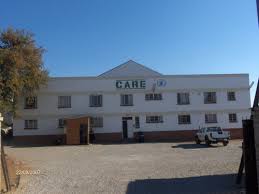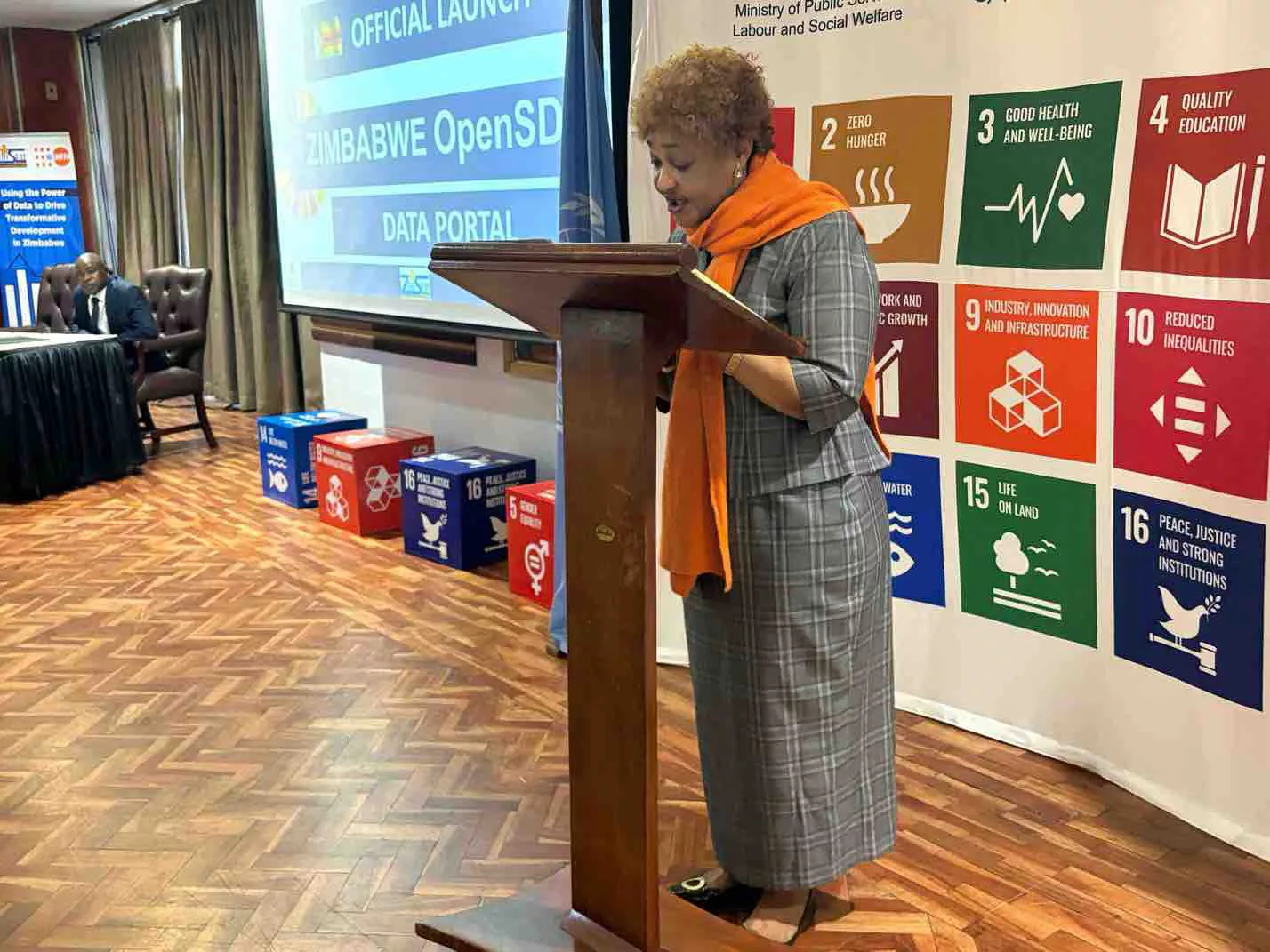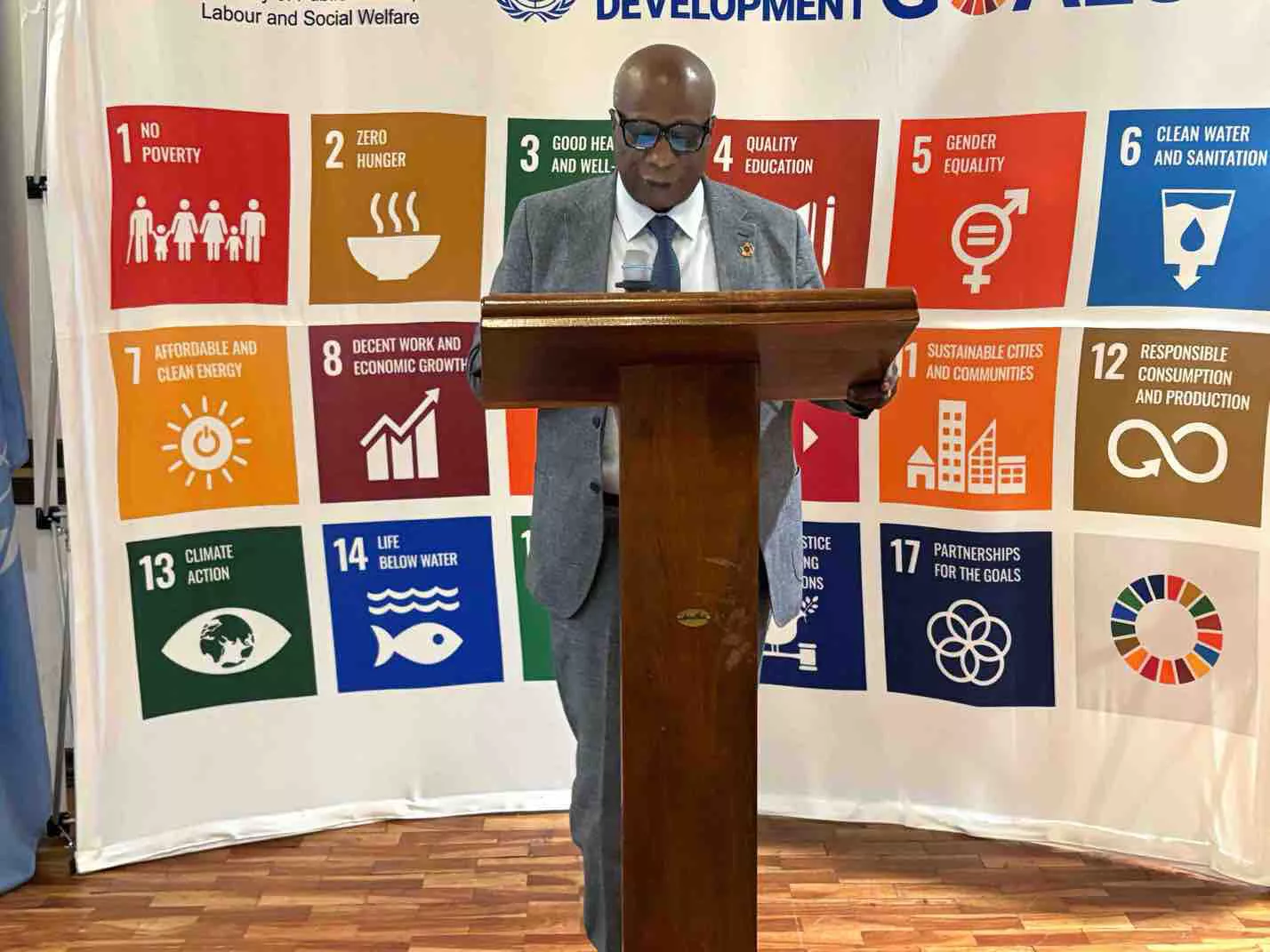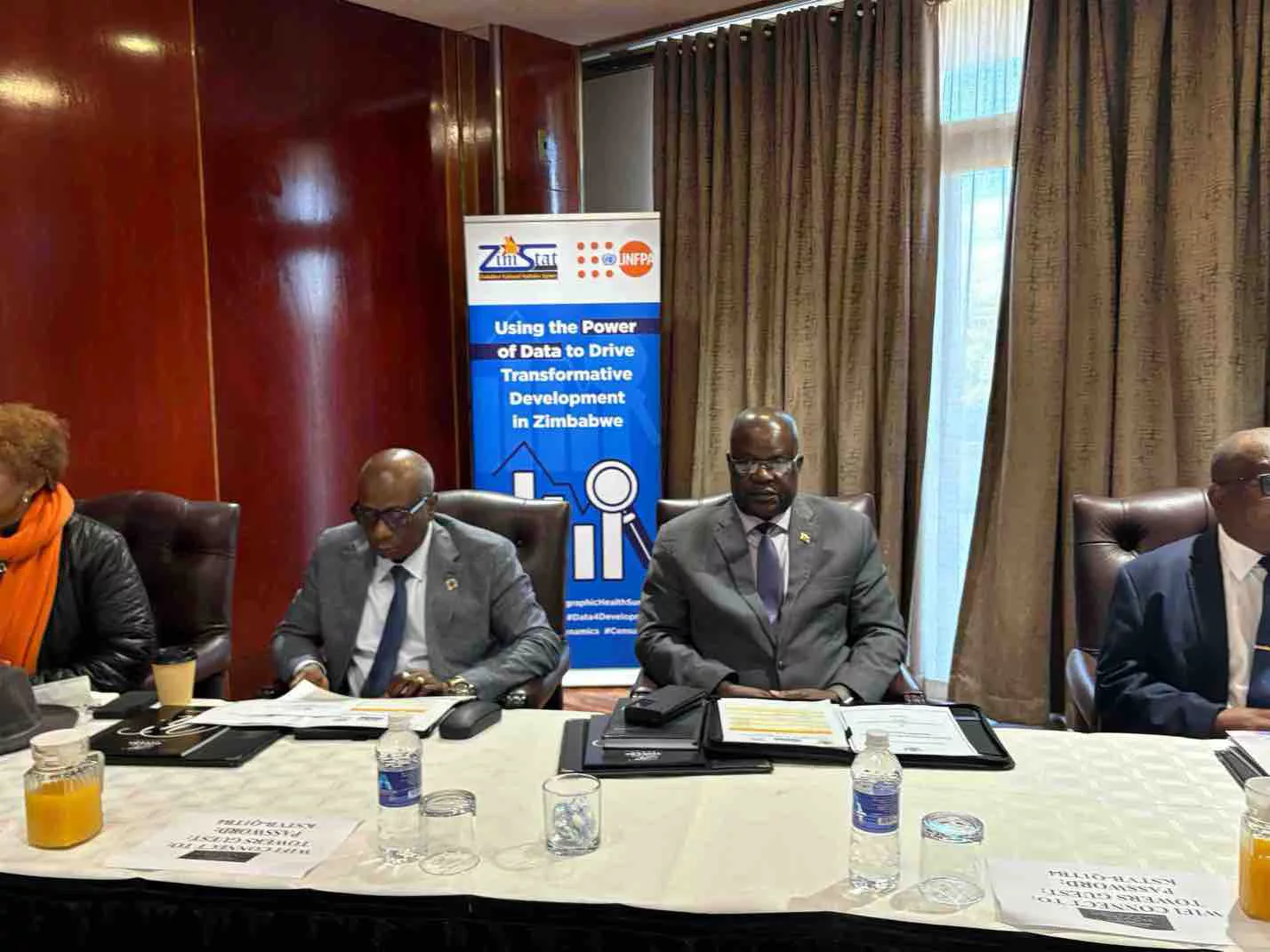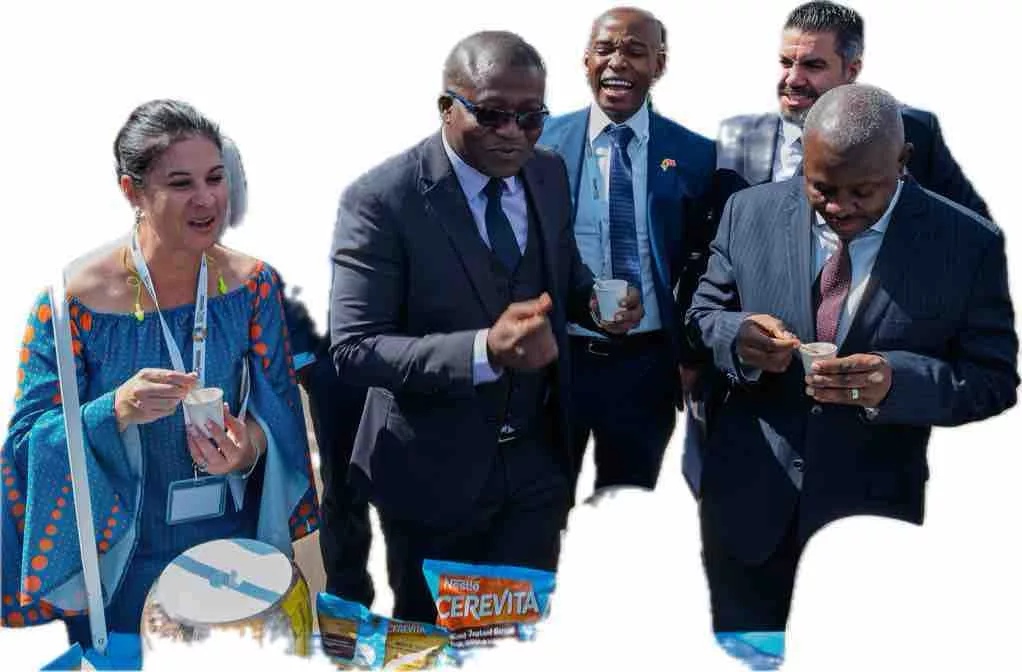By Byron Mutingwende
The Integrated Soil-Water Conservation and Livestock Management in the Runde Catchment area has been hailed for improving the livelihoods of the people.
The environmental protection and monitoring project resulted in the improvement of the livelihoods of the population in 97 wards of Mwenezi, Chivi, Masvingo, Zaka and Bikita districts.
One of the beneficiaries, Juliet Ndoro, a farmer from Zvinoda Kushinga Irrigation Scheme said that before the project, the community had been accustomed to using water in a wasteful manner.
“After we received training from CARE International and its partners on water resources management, we started constructing canals into our gardens and the process is still ongoing,” Ndoro said.
Another woman, Janet Mudzingwa from Ward 16 in Mwenezi, was trained to make an energy saving stove known as tsotso stove in December 2015. The aim was to enable the communities to conserve the forests by reducing the amount of firewood they used.
“I have since made a total of 276 tsotso stoves which I sell for up to $5 each. I use this income to support my daughter who is in university. This has greatly improved my livelihood, in addition to protecting the environment,” Mudzingwa said.
In Ward 13 of the same district, Ndaizivei Musaigwa revealed that the community was engaging in constructing contour ridges meant to reduce erosion of fertile soils and siltation of the Runde River, a development that adversely impacts the sugar cane growing industry.
“The contour ridges control the flow of water on the soil surface and enable it to be absorbed. As a result, we are assured of improved harvests and we are now better able fend for our harvests.”
Commenting on the water use project achievements, Taruvinga Chivasa, the Acting Sub-Catchment Manager of the Mutirikwi Sub-catchment Council said that the project had resulted in the reduced water losses between storage dams in five River Sub Catchment areas and sugar cane out-growers’ farms.
Chivasa added that 75% of participating communal irrigation farmers were now using irrigation water efficiently.
Despite the gains, there are water losses in the conveyance system of many schemes due to aged infrastructure, leakages illegal abstractions and poor maintenance.
There are also smallholder farmers illegally extracting water along the major canals conveying water to the downstream sugar cane growing fields and concern over the high siltation levels in major canals and weir dams.
However, there are intersting positive outcomes from the project. To date, 17 Irrigation Management Committees (IMCs)comprising of 2,293 (1,490 Males, 803 Females) farmers were trained in 12 clusters on water use efficiency and recording as well as governance and financial management in irrigation schemes.
A total of four Monitoring and follow up visits were done to schemes like Tokwane-Ngundu, Fuve-Panganai, Magudu, Rozva and Nyangambe. The Siya-Manjirenji canal was eventually shutdown for the annual maintenance in a period spanning over 16 years. Apart from that, four new off-takes were set-up and registered along the Manjirenji-Mkwasine Canal to make them 16 in total.
Over and above that, 188 smallholder farmers were properly registered to legally extract water from the Siya-Manjirenji Canal where 172ha of fields were pegged and registered and a functional database has been developed.
In his keynote address at the close out workshop of the project held at Monte Clair Hotel in Nyanga on Monday, 21 November 2016, Philip Christensen, the Country Director of Care International Zimbabwe said that the protection of the environment should be the responsibility of all citizens.
“The protection of environment is not a mandate of a few people, but rather it is the responsibility of all citizens of a country. Thus it is most appropriate that this project sought to catalyse and galvanise the efforts of government, the private sector, conservationists and communities to protect the Runde Catchment area,” Christensen said.
There was collaboration among various stakeholders in the project. These consisted of the Southern Alliance for Indigenous Resources (SAFIRE), Africa Centre for Holistic Management (ACHM) and government representatives from the Provincial Administrator’s Offices, the Environmental Agency (EMA), the Forestry Commission, the Zimbabwe National Water Authority (ZINWA), Agritex, Mechanisation, Irrigation, Livestock and Veterinary ministry, sub-catchment councils, and rural district councils.
“The overall objective of the environment protection project was to support, sustain and increase sugar cane production within an improved socio-economic environment. Environmental protection and monitoring to improve the livelihoods of the population in Runde River catchment and the Lowveld cane growing areas was the specific objective of the project,” Environment Protection Project (EPP) Manager.
Christensen said that environmental management should be enabling, efficient and effective. He said that it should make economic activity more sustainable.
“The issues of sustainable water allocations, reduction of water losses and protection of rangelands, forests and biodiversity are critical, especially in a country where future rainfall patterns and inflows are highly variable and unpredictable due to climate change,” Christensen said.
Thus, the protection of the environment and pursuit of economic growth are not mutually-exclusive objectives but rather two essential elements of a single goal: a stronger community and country.


